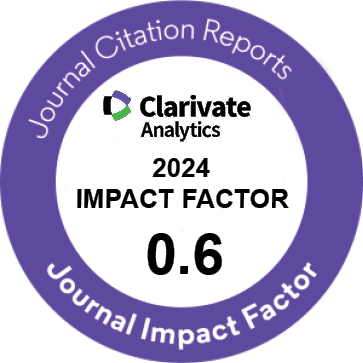| Original Article | |
| Attachment Behaviors in Physiological Birth Versus Cesarean Section | |
| Elham Ebrahimi1, Zahra Karimian2, Sakineh Kolahdozan3, Mohammad Hassan Emamian4, Nahid Bolbolhaghighi5 | |
| 1Department of Reproductive Health, School of Nursing and Midwifery, Tehran University of Medical Sciences, Tehran, Iran 2School of Nursing and Midwifery, Kashan University of Medical Sciences, Kashan, Iran 3School of Medicine, Shahroud University of Medical Sciences, Shahroud, Iran 4Department of Epidemiology, Shahroud University of Medical Sciences, Shahroud, Iran 5School of Nursing and Midwifery, Shahroud University of Medical Sciences, Shahroud, Iran |
|
|
IJWHR 2020; 8: 215-220 DOI: 10.15296/ijwhr.2020.34 Viewed : 6011 times Downloaded : 3847 times. Keywords : Attachment, Behavior, Physiologic delivery, Cesarean section |
|
| Full Text(PDF) | Related Articles | |
| Abstract | |
Objectives: Attachment can be described as a powerful bond between two individuals, in this case, between the mother and child. This process is started during pregnancy and completed after childbearing. Thus, delivery time, as a turning point between two stages of attachment is very important. Accordingly, the present study aimed to investigate the probable relations between the mother to child attachment and the mode of delivery. Materials and Methods: In this descriptive-analytical study, 260 pregnant women were included based on specific inclusion criteria, who were in the age range of 15-45 years old and the gestational age between 37 to 42 weeks and were the candidate for physiological delivery or cesarean section. After obtaining the constant written form, the demographic information questionnaire was handed to the participants. One hour after delivery, the attachment questionnaire was completed by the researcher in the postpartum ward. Finally, the Spielberg anxiety inventory for each of the samples was completed up to one hour after delivery. Results: Based on the findings, the participants of the physiological delivery group showed more positive attachment behaviors in comparison with the other group. Further, some domains of attachment such as looking, caressing and rocking the cradle in the subtypes of emotional behaviors, as well as contiguous behaviors and caring behaviors significantly differed among the participants (P < 0.05). Eventually, the participants experienced higher levels of anxiety in the cesarean delivery group, but the differences between the groups were not significant (P > 0.005) Conclusions: In sum, the results of the current study indicated that mothers who engaged in physiological delivery had higher scores regarding mother to child attachment behaviors. In other words, they are more successful to attach their babies compared to the cesarean group. These results are important because various children are born by a cesarean section and an insecure attachment can have many negative effects for the child. |
Cite By, Google Scholar
Google Scholar
PubMed
Online Submission System
 IJWHR ENDNOTE ® Style
IJWHR ENDNOTE ® Style
 Tutorials
Tutorials
 Publication Charge
Women's Reproductive Health Research Center
About Journal
Publication Charge
Women's Reproductive Health Research Center
About Journal
Aras Part Medical International Press Editor-in-Chief
Arash Khaki
Mertihan Kurdoglu Deputy Editor
Zafer Akan























